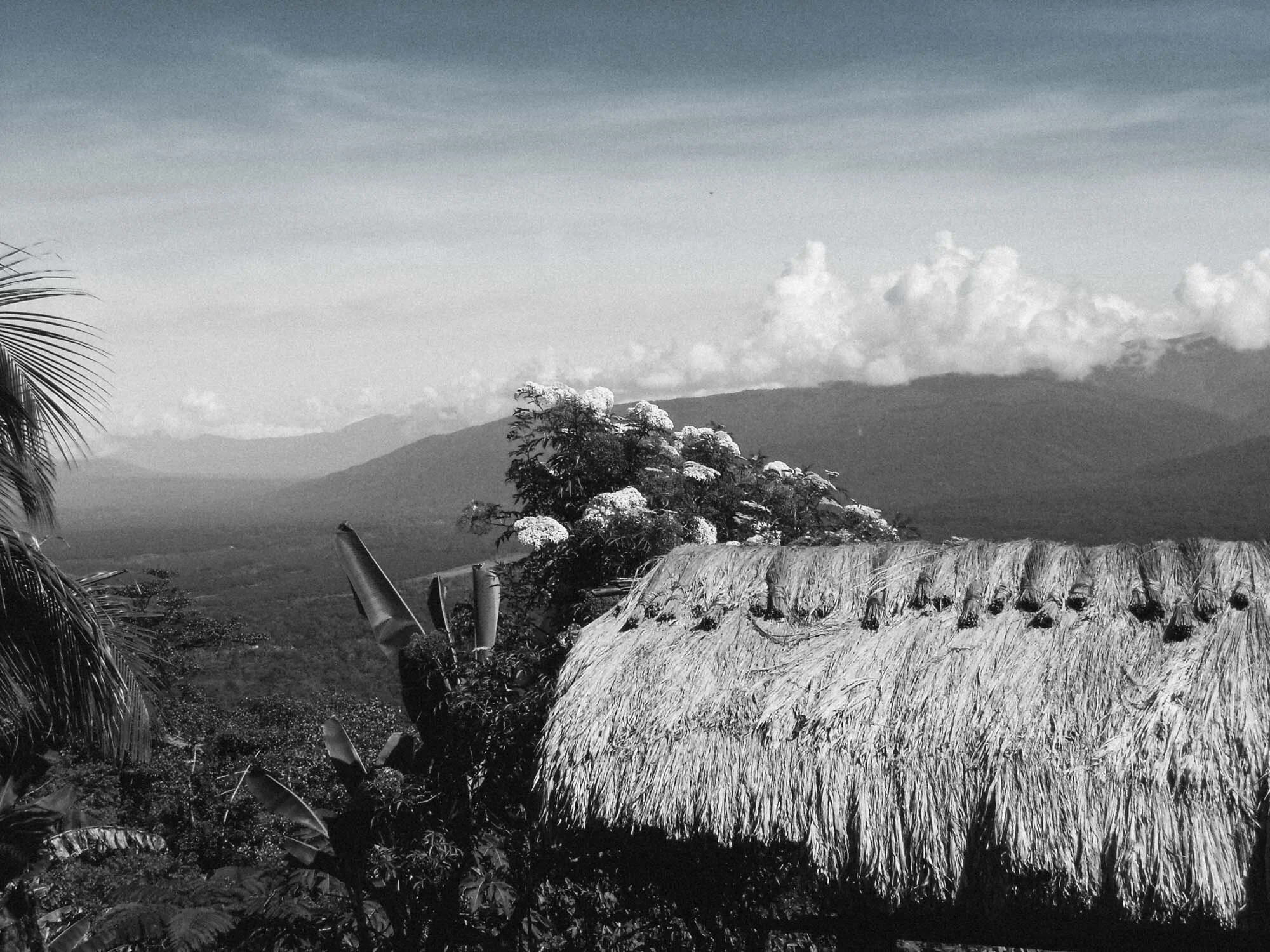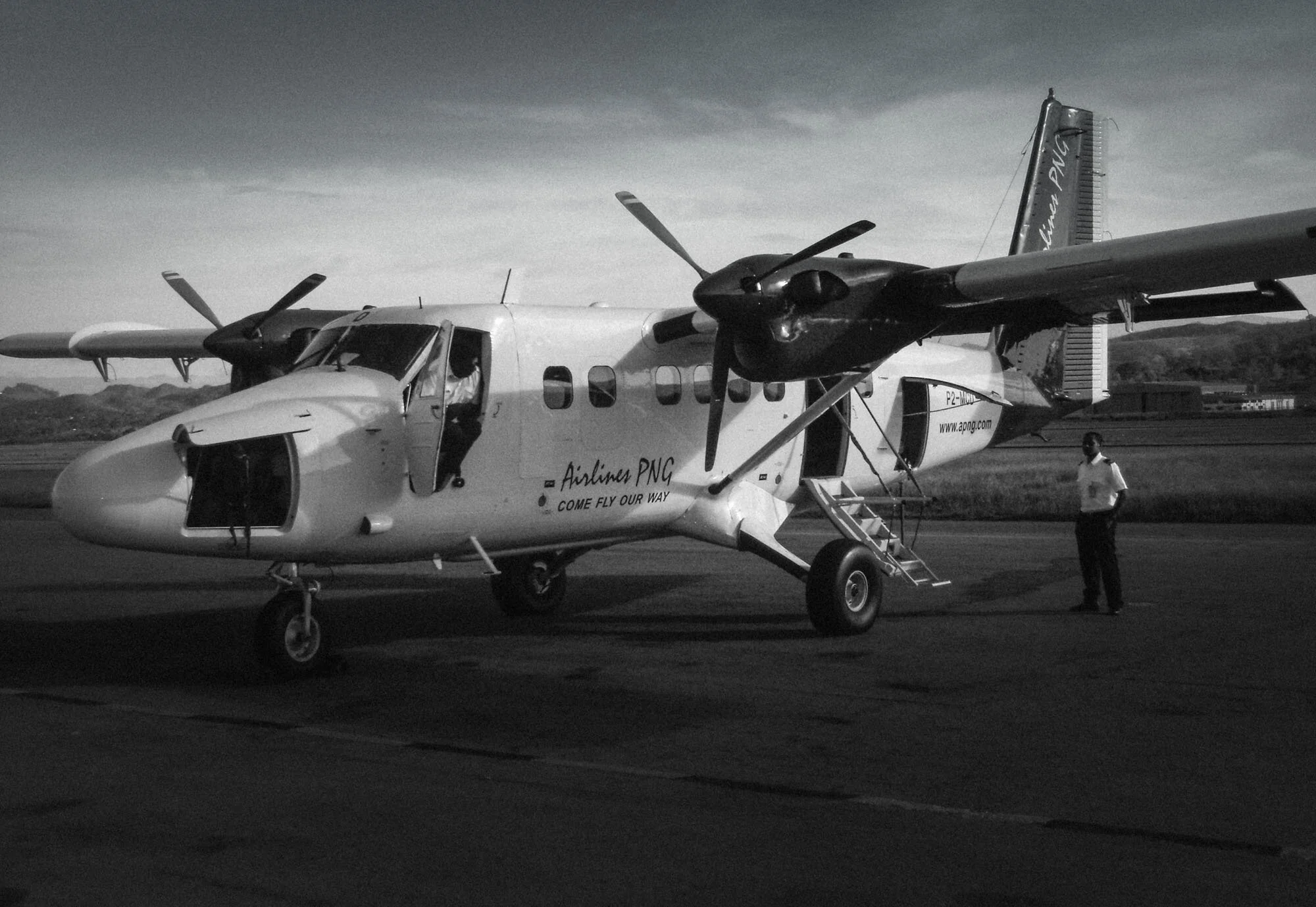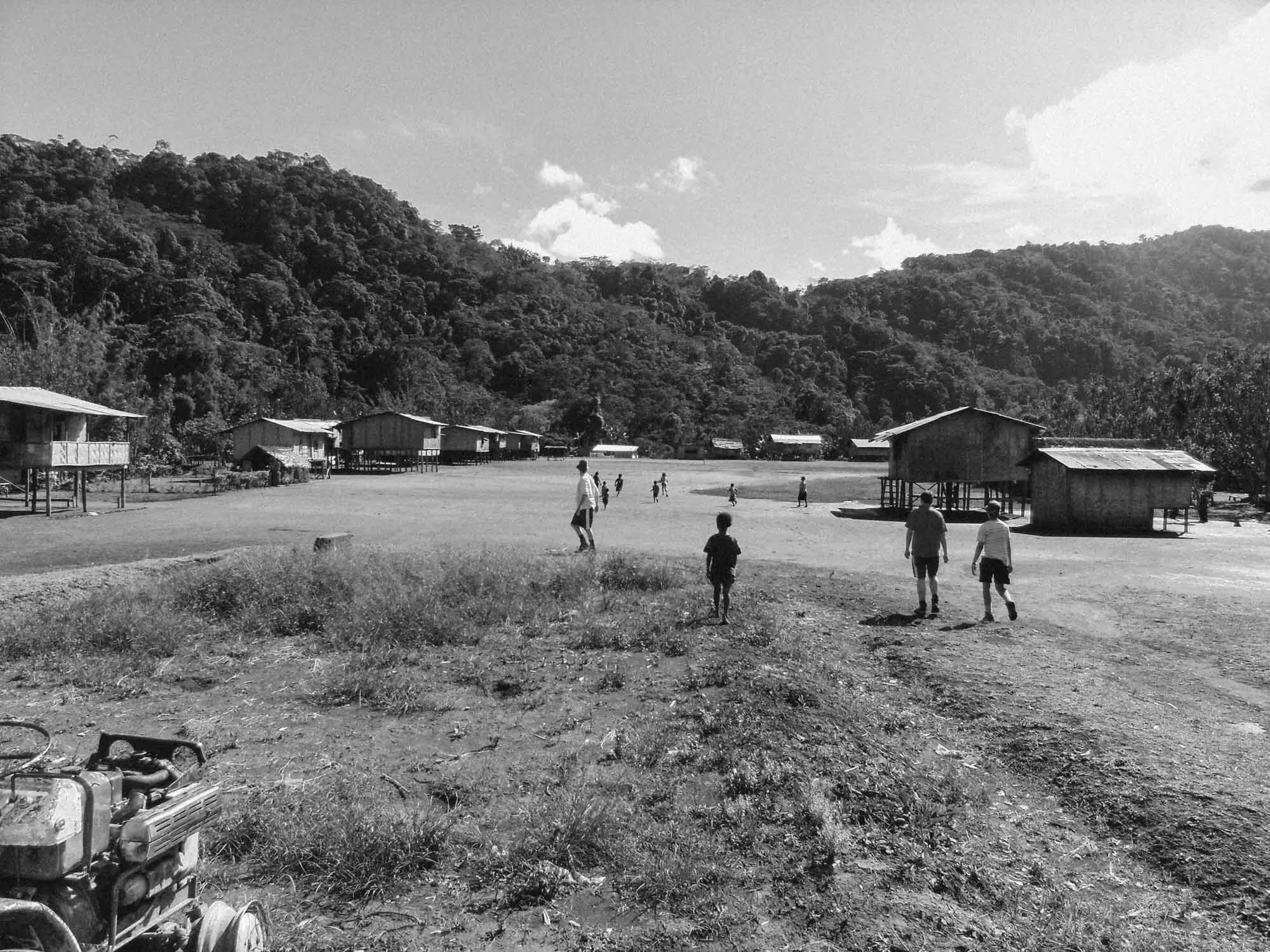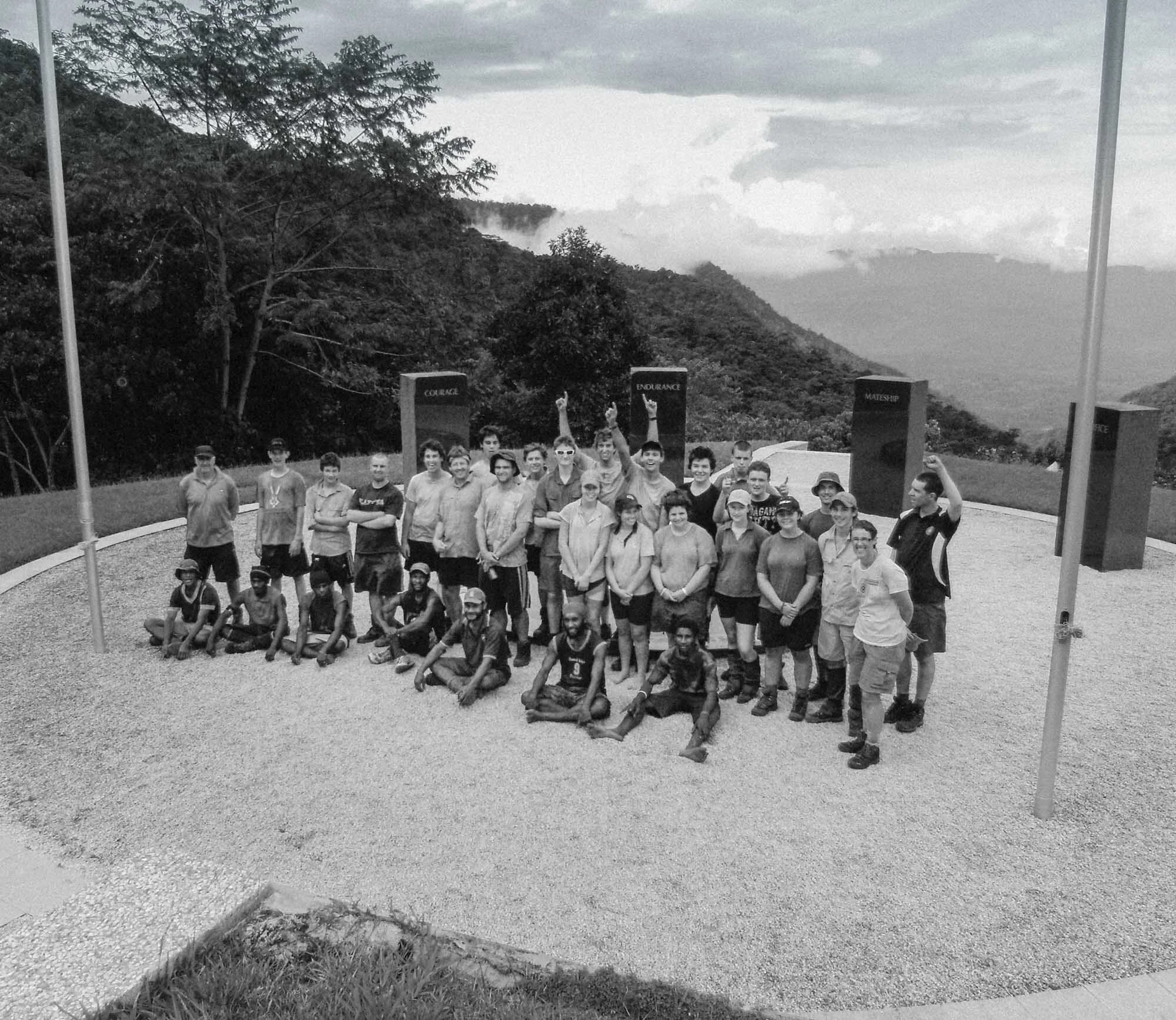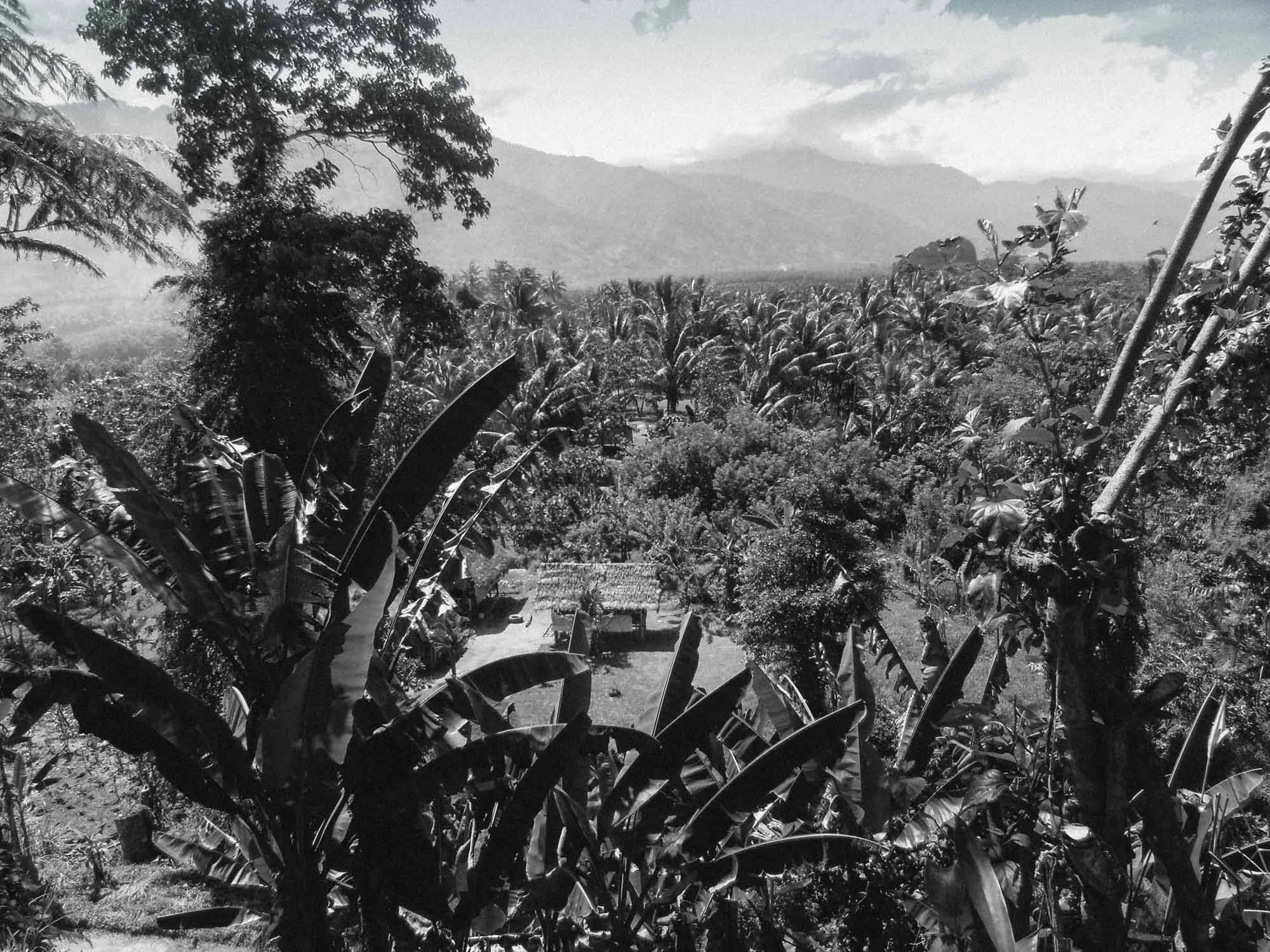Why You Should Hike The Kokoda Track In Papua New Guinea?
I was luckily enough to be involved with a program that took students from around Melbourne to hike the Kokoda Track.
Day 1: Port Moresby to Kagi
We got a small plane to the village of Efogi. The view of Port Moresby, the sea and the Owen Stanley Range was spectacular. As we approached Efogi the small grass airstrip on the side of a mountain revealed itself. The landing was very bouncy.
The whole village came down to greet us. We played cricket with the kids. Instead of a bat, a thin stick was used. We watched kids shooting rocks from their slingshots and they rarely missed targets. They also loved playing touch rugby and frisbee.
The physical nature of the track meant that the group separated and we had prolonged breaks. There were multiple river crossings made from wooden sticks tied together. We had seven porters that helped us cross. The humidity and heat were unbearable. I was sweating buckets, so I consumed heaps of water and occasionally salt tablets.
In Efogi, we learnt about the Japanese during WW2. The Japanese lost a huge amount of soldiers so the ‘Bone Man’ came back and collected the bones of his fellow soldiers. However, he was unable to take them back to Japan. There is a monument for the Japanese soldiers.
In Kagi, we went to the village square and provided entertainment for the kids by making bubbles. At night the kids sang to us the PNG National Anthem, Christmas Songs and Church Hymns. We replied with Waltzing Matilda, Australian National Anthem and Jingle Bells. To our surprise, they knew all of these songs.
We all slept in the same hut with mosquito nets hanging above us.
Day 2: Kagi to Templeton’s Crossing
This was our longest and hardest day of hiking.
There were two massive climbs up to the highest point on the track ‘Kokoda Gap’. In between the climbs, we had lunch at a deserted village.
The way down from Kokoda Gap was even steeper and muddier. There were many slips and everyone was covered in mud.
When we arrived at Templeton's Crossing it was getting dark so we had dinner around the fire.
Day 3: Templeton’s Crossing to Eora Creek
It was a short day with a large proportion downhill.
We passed foxholes dug out by the Australian soldiers. They would sit here with their guns waiting for Japanese soldiers.
Many rivers joined at Eora Creek and the village was surrounded by water. It was the hardest river crossing and the water below was turbulent.
We arrive at the village and had a refreshing swim below the large waterfall.
Day 4: Eora Creek to Isurava
After a tough climb, we reached the village of Alolo. The next section of the walk could be best described as a heartbeat. We were dreading it however it wasn’t that challenging as the hills were short.
Just before we reached Isurava we stopped at a flat rock. During WW2 it was used as a table for the wounded and many surgeries. Next to this was a memorial for Butch Bisset. He was shot in the abdominal, his brother Stan (Represented Australia for Rugby) was with him for hours until he died.
At Isurava Memorial there are large stone slabs with ‘Courage’ ‘Sacrifice’ ‘Mateship’ and ‘Endurance’ engraved into them. Behind the memorial is a stunning view down the valley.
Day 5: Isurava to Kokoda
The walk into Kokoda was the easiest day of trekking as there were no uphill sections and we had eaten the food we were carrying. Our hard work over the last 5 days was rewarded with a swim in a river.
After a night in Kokoda, we all dispersed and went off to remote villages for our 2 night homestay and then a bike tour along the coast of New Ireland.
